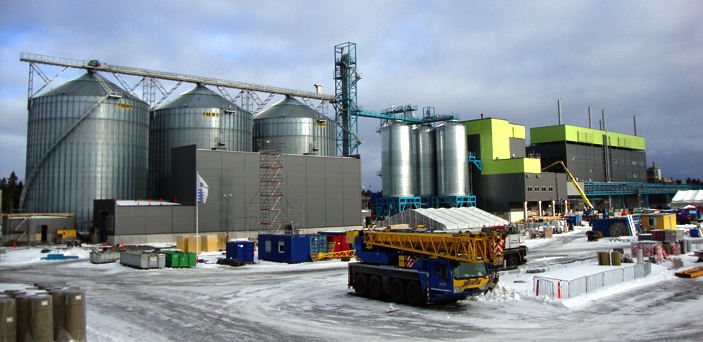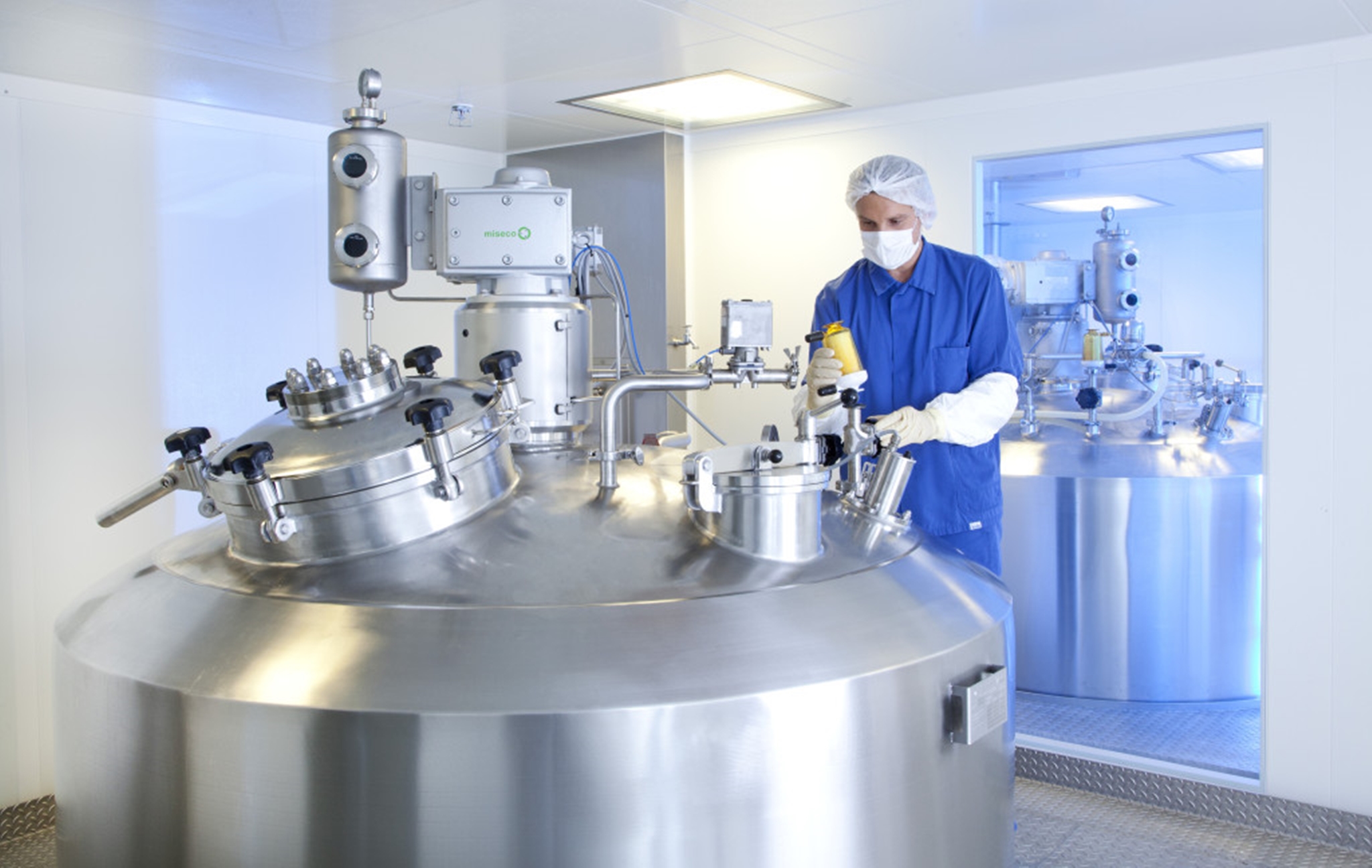Manufacturing Industry
Manufacturing is the process of transforming materials or components into finished products that can be sold in the marketplace. Today, technology is causing countries economy to move towards offering services as opposed to producing goods.
This sector has a well-established presence in the economy and is responsible for the provision of a huge range of high-demand products worldwide: software, hardware and telecommunications.
The transformational process can be physical, chemical or mechanical. Manufacturers often have plants, mills or factories that produce goods for public consumption. Machines and equipment are typically used in the process of manufacturing.
Mass production means that goods can be produced much more quickly and with more precision. This drives down prices and makes many consumer goods cheaper, their cost within reach of the general public.
Today’s advancement of technology allows manufacturers to do more with less time. Now, thousands of items can be manufactured within the space of minutes. Technology is more and more used to assemble, test and track production. Each year, technology continues to make manufacturing increasingly efficient, faster and more cost-effective. However, automation also eliminates many manufacturing jobs, leaving skilled employees without work.


There are several massive manufacturing:
- Food manufacturing
- Beverage and tobacco product manufacturing
- Textile manufacturing
- Apparel manufacturing
- Leather and allied product manufacturing
- Wood product manufacturing
- Petroleum and coal manufacturing
- Chemical manufacturing
- Plastics and rubbers manufacturing
- Metal manufacturing
- Fabricated metals
- Machinery manufacturing
- Computer and electronics manufacturing
- Transportation equipment manufacturing
- Furniture manufacturing
Digital Investment
Before the pandemic hit, the manufacturing industry was working to regain the momentum it had reached after the 2008 recession. However, after the first wave of pandemic-driven shutdowns, segment recoveries for various manufacturers have been uneven. Looking ahead to 2021, the recovery may take longer to reach pre-pandemic levels, as Deloitte projections based on the Oxford Economic Model (OEM) anticipate a decline in annual manufacturing GDP growth levels for 2020-2021, with a forecast of -6.3% for 2020 and 3.5% for 2021
In its simplest form, a digital twin is a representation, or blueprint, of a physical thing. That thing could be a single product or a component. It could also be a production process or even the physical production environment. Using a digital twin, a manufacturer can virtually recreate a product, its production, and even simulate its performance in the real world without having to “bend metal” or take any other physical action.







